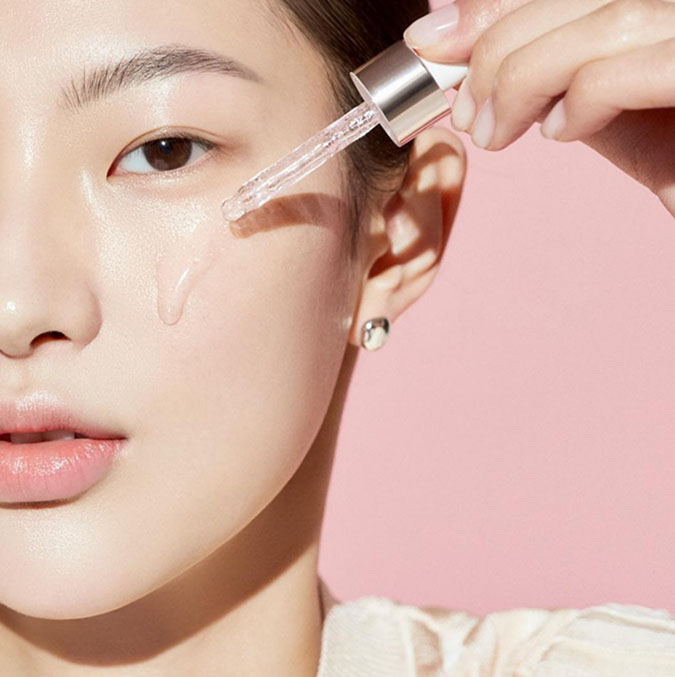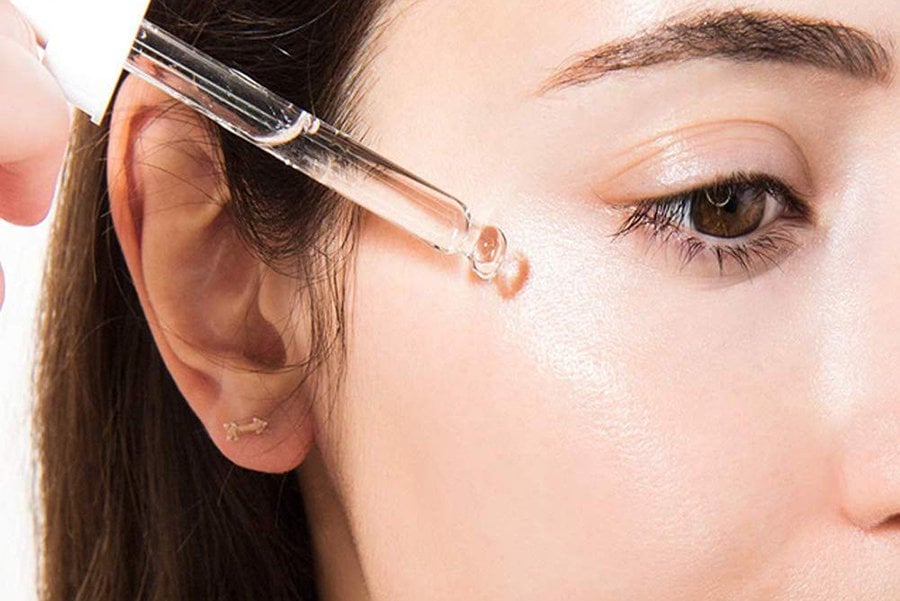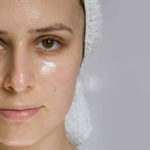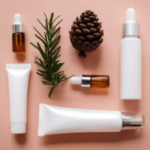Order from liquid to dense
When applying, start with the most liquid product and then move on to the denser ones because the liquid product will quickly penetrate the skin and create a thin layer for the nutrients to deeply penetrate. After applying a liquid serum, wait a moment for the product to fully absorb before applying the next serum layer.
Avoid using irritating serums together
Retinol, vitamin C, AHA (alpha-hydroxy acid), and BHA (beta-hydroxy acid) are powerful ingredients that can irritate the skin. Avoid serums that contain these ingredients. Instead, you can use them on different days or as directed by a dermatologist.

Use the right amount of serum
Using too much serum can clog the pores and increase the risk of skin irritation. Follow the manufacturer’s or dermatologist’s instructions on the appropriate dosage.
Spray mineral water between serum layers
Minerals in mineral water help soothe the skin and create a moist environment for the serum to deeply penetrate the skin. Gently spray mineral water on the skin before applying the next serum layer.
Always finish with a moisturizer
Finally, after layering serums, finish your skincare routine with a layer of moisturizer. Moisturizer helps lock in the nutrients and provides hydration for the skin throughout the day or night.
Serums, also known as essences, are a type of specialized serum used to treat skin issues. Serums contain small-sized nutrients that can easily penetrate deep into the dermis and subcutaneous tissue.

In particular, serums can be used for different skin types and are suitable for a variety of users. Currently, there are many different types of serums on the market, making it difficult to choose the right one for your skin. Proper usage is even more challenging. In reality, many women make mistakes in using serums, leading to unforeseen consequences for their skin.
Every day, we encounter countless enticing advertisements and claims about serums that can miraculously transform the skin, making it difficult to resist their allure.
However, serums only truly deliver their benefits if their effects align with the needs of your skin.
If you have any concerns or want more detailed information, consult a dermatologist to get appropriate advice for your skin.














